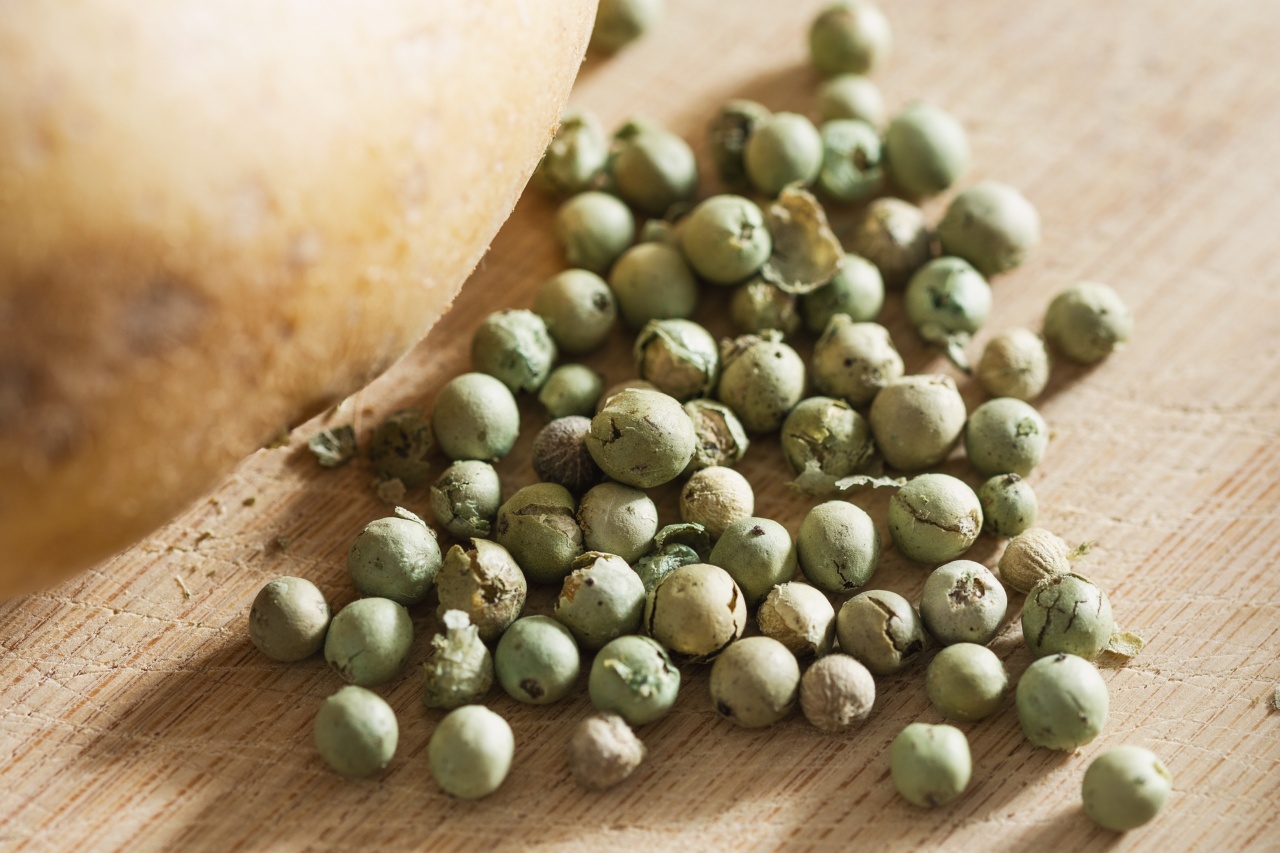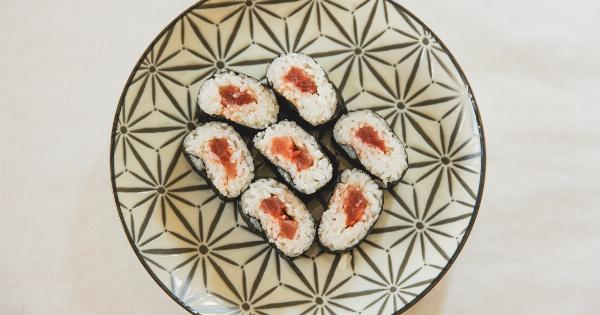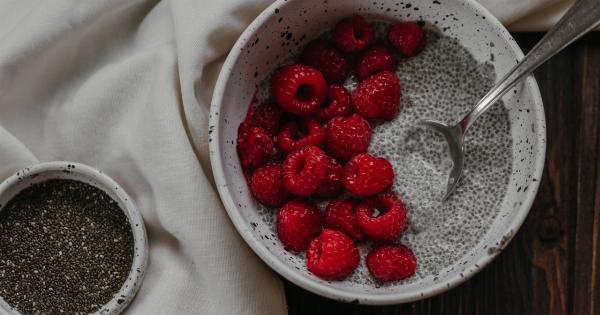Gastroesophageal reflux disease (GERD) is a chronic digestive disease that occurs when stomach acid flows back into the esophagus. This condition can cause a range of symptoms, including heartburn, acid reflux, and difficulty swallowing.
While medication and lifestyle changes can help manage GERD, diet can also play a significant role.
The Role of Cooking in Managing GERD
When it comes to managing GERD through diet, cooking plays an essential role. By preparing meals at home, you can control exactly what ingredients go into your food and avoid triggers that may worsen your symptoms.
GERD-Friendly Ingredients
When shopping for ingredients, look for foods that are known to be “GERD-friendly.” These include:.
- Lean proteins, such as chicken, turkey, fish, and tofu
- Non-citrus fruits like melons, bananas, and apples
- Vegetables, such as broccoli, carrots, and green beans
- Whole grains, including oats, brown rice, and quinoa
- Low-fat dairy products, like skim milk and yogurt
Avoiding GERD Triggers
In addition to seeking out GERD-friendly ingredients, it’s essential to avoid trigger foods that can exacerbate your symptoms. These include:.
- Spicy foods
- Citrus fruits and juices
- Tomatoes and tomato-based products
- Garlic and onions
- Chocolate
- Alcohol
- Caffeine
Cooking Techniques for GERD-Friendly Meals
When it comes to cooking GERD-friendly meals, there are several techniques that can be helpful:.
- Baking or roasting: Instead of frying, try baking or roasting meats and vegetables.
- Steaming: Steaming is a gentle cooking method that helps preserve nutrients in foods.
- Sautéing: When sautéing, use small amounts of healthy oils, like olive oil, in a nonstick pan to avoid excess fat.
- Broiling: Broiling is a quick cooking method that can add a crispy texture to meats and vegetables.
GERD-Friendly Recipes
Here are some GERD-friendly recipes that incorporate many of the ingredients and cooking techniques discussed above:.
1. Baked Chicken Breast with Roasted Vegetables
Ingredients:.
- 4 boneless, skinless chicken breasts
- 2 cups broccoli florets
- 2 cups sliced carrots
- 2 tablespoons olive oil
- 1 teaspoon garlic powder
- 1 teaspoon dried basil
- Salt and pepper to taste
Instructions:.
- Preheat your oven to 400°F (205°C).
- Line a baking sheet with parchment paper.
- Pound the chicken breasts to an even thickness and sprinkle both sides with salt and pepper.
- Mix the olive oil, garlic powder, basil, salt, and pepper in a small bowl.
- Toss the vegetables with the oil and spice mixture until coated.
- Spoon the vegetables onto one side of the baking sheet, then place the chicken breasts on the other side.
- Bake for 20-25 minutes or until the chicken is cooked through.
2. Quinoa and Vegetable Stir-Fry
Ingredients:.
- 1 cup quinoa
- 2 cups water
- 1 tablespoon olive oil
- 2 cups chopped mixed vegetables (e.g., bell peppers, broccoli, carrots, and zucchini)
- 2 tablespoons low-sodium soy sauce
- 1 teaspoon grated fresh ginger
- 1 clove garlic, minced
Instructions:.
- Rinse the quinoa under cold water, then combine it with the water in a medium saucepan. Bring to a boil, then reduce the heat and simmer for 15-20 minutes.
- While the quinoa is cooking, heat the olive oil in a large skillet or wok over medium-high heat.
- Add the vegetables and stir-fry for 5-7 minutes or until they are tender-crisp.
- In a small bowl, whisk together the soy sauce, ginger, and garlic. Pour the mixture over the vegetables and stir to combine.
- Add the cooked quinoa to the skillet and stir everything together until heated through.
Conclusion
Managing GERD through cooking can be a simple and effective way to alleviate symptoms and improve quality of life.
By incorporating GERD-friendly ingredients and cooking techniques, you can prepare delicious and nutritious meals that support your digestive health.





























